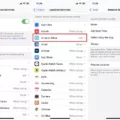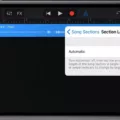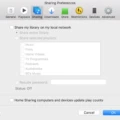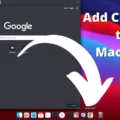Do you want to keep the Mac Dock visible all the time, even when in full-screen mode? Apple makes it easy to do just that with a few simple steps!
First of all, open the System Preferences, and select Dock & Menu Bar. In this section, you can uncheck the box that says “Automatically hide and show the menu bar in full screen” so that it’s disabled. This will ensure that your Mac Dock stays visible at all times.
Next, navigate to System Preferences > Dock & Menu Bar and select the Automatically hide and Show the Dock option. Uncheck this box as well so that your dock remains visible regardless of whether you’re in full-screen mode or not.
Finally, you can customize exactly where on the screen your dock appears by adjusting the position from the drop-down menu located under “Position on Screen”. You can choose from the left, bottom, or right side of your display. This is a great way to make sure your most important applications are always within easy reach!
By following these simple steps, you can make sure that your Mac Dock is always visible on your display – even when you’re in full-screen mode! This makes it easier to quickly access key applications without having to leave full-screen mode every time.
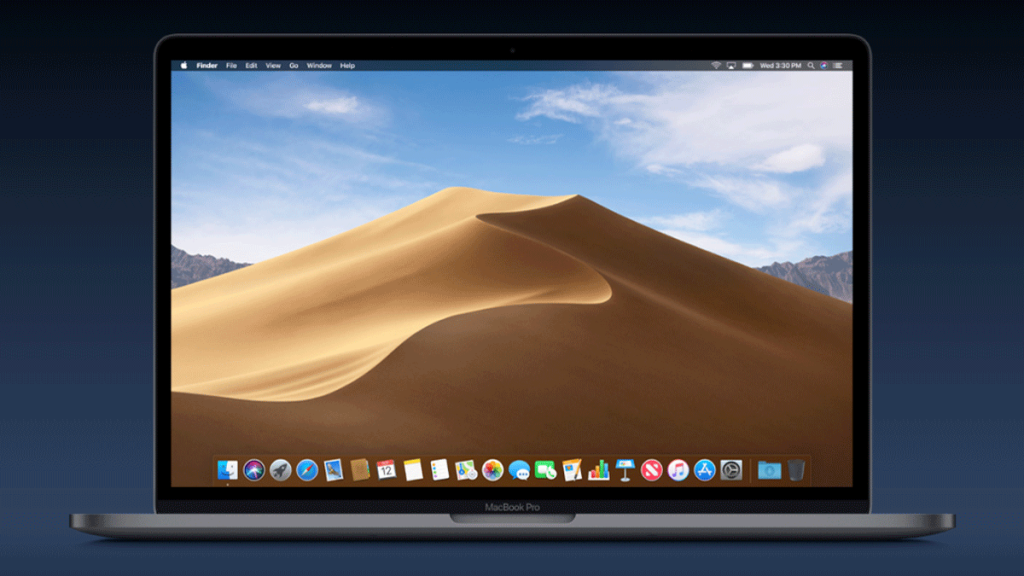
Showing the Dock in Full Screen on a Mac
To always show the Dock in full screen on your Mac, open System Preferences and select Dock & Menu Bar. Under the “Dock” section, make sure that Automatically Show and Hide the Dock is unchecked. Additionally, make sure that the box next to Show recent applications in Dock is checked. This will ensure that the Dock appears whenever you switch to full-screen mode.
Preventing Dock Disappearance on a Mac
To keep the Dock from disappearing on a Mac, you can go to the Apple Logo > System Preferences > Dock or Dock & Menu Bar. In this menu, you can select the location on the screen where your Dock will appear. Once you’ve selected the location, make sure to uncheck the box that says ‘Automatically hide and reveal the Dock’. This should ensure that your Mac’s Dock remains visible on your screen.
Making the Menu Bar Always Visible on a Mac
To make the menu bar always visible on your Mac, open System Preferences by clicking the Apple icon in the top left corner of your screen. Then, select the “Dock & Menu Bar” option. From there, uncheck the box next to “Automatically hide and show the menu bar in full screen” so that it is disabled. This will ensure that your menu bar will always be visible on your Mac, no matter what size window you are using.
Quickly Showing the Dock on a Mac
The Dock is an important tool for quickly accessing apps, documents, and files on your Mac. To quickly show the Dock, you can simply move your cursor to the bottom of the screen and it should reappear. Alternatively, you can also use a keyboard shortcut: press and hold the Option key while simultaneously moving your cursor to the bottom of the screen. This will make the Dock appear instantly. If you would like to automatically show and hide the Dock, you can go to System Preferences > Dock & Menu Bar and select the Automatically Hide and Show the Dock option.
The Disappearance of the Dock When Opening Safari
The Dock disappearing when you open Safari is likely due to a setting you have enabled. When you open Safari, it triggers the Mac’s ‘Auto Hide’ feature. This feature hides the Dock so that more space on the screen can be utilized for other windows and applications. To turn off this feature, go to System Preferences > Dock and uncheck the box next to ‘Automatically hide and show the Dock.’ Once this is unchecked, your Dock should no longer disappear when Safari is opened.
Keeping the Mac Dock Visible Across Multiple Monitors
To get your Mac Dock to stay on multiple monitors, you’ll need to enable the feature in System Preferences > Displays. Once you open the Displays preferences, you’ll see an option labeled ‘Displays have separate Spaces.’ Place a check in this box to enable it. This will allow your Dock to span across both monitors. Additionally, you can place a check in the ‘Automatically hide and show the dock’ box. This will hide the dock when not in use but make it reappear when you move your cursor to the bottom of the display.
Does the Mac Dock Feature Auto-Hide?
Yes, the Mac Dock can be set to auto-hide. When this option is enabled, the Dock will remain hidden until your mouse cursor moves to its location at the bottom of your screen. Then, it will appear and you can access your applications and folders from there. This can be a useful way to keep your desktop free from clutter while still having easy access to all of your applications.
Locking Dock Size on a Mac
To lock your Dock size on a Mac, open the Apple menu and click System Preferences. Navigate to the Mission Control section and uncheck the option called Displays have separate Spaces. This change will take effect when you log out and back in. After logging back in, your Dock should stay locked to the main monitor.
Pinning a Dock on a Mac
To pin a Dock on a Mac, first open System Preferences from the Apple menu. Then select the Dock option. Look for the setting labeled ‘Automatically hide and show the Dock’ and uncheck it. This will cause your dock to remain visible at all times. You can then customize the size of your dock by dragging the resize handle at the bottom of the Dock. Additionally, you can add items to your dock by dragging them from Finder or another application into the dock itself.
Conclusion
In conclusion, it is possible to make the Mac Dock always visible on both full-screen and non-full-screen modes by navigating to the System Preferences > Dock & Menu Bar and unchecking the box next to “Automatically hide and show the Dock” and also unchecking the box next to “Automatically hide and show the menu bar in full screen.” This will ensure that your Mac Dock is always visible, no matter which mode you’re using. Doing this can help ensure that you have quick access to all of your apps, files, folders, and documents with just a few clicks.



